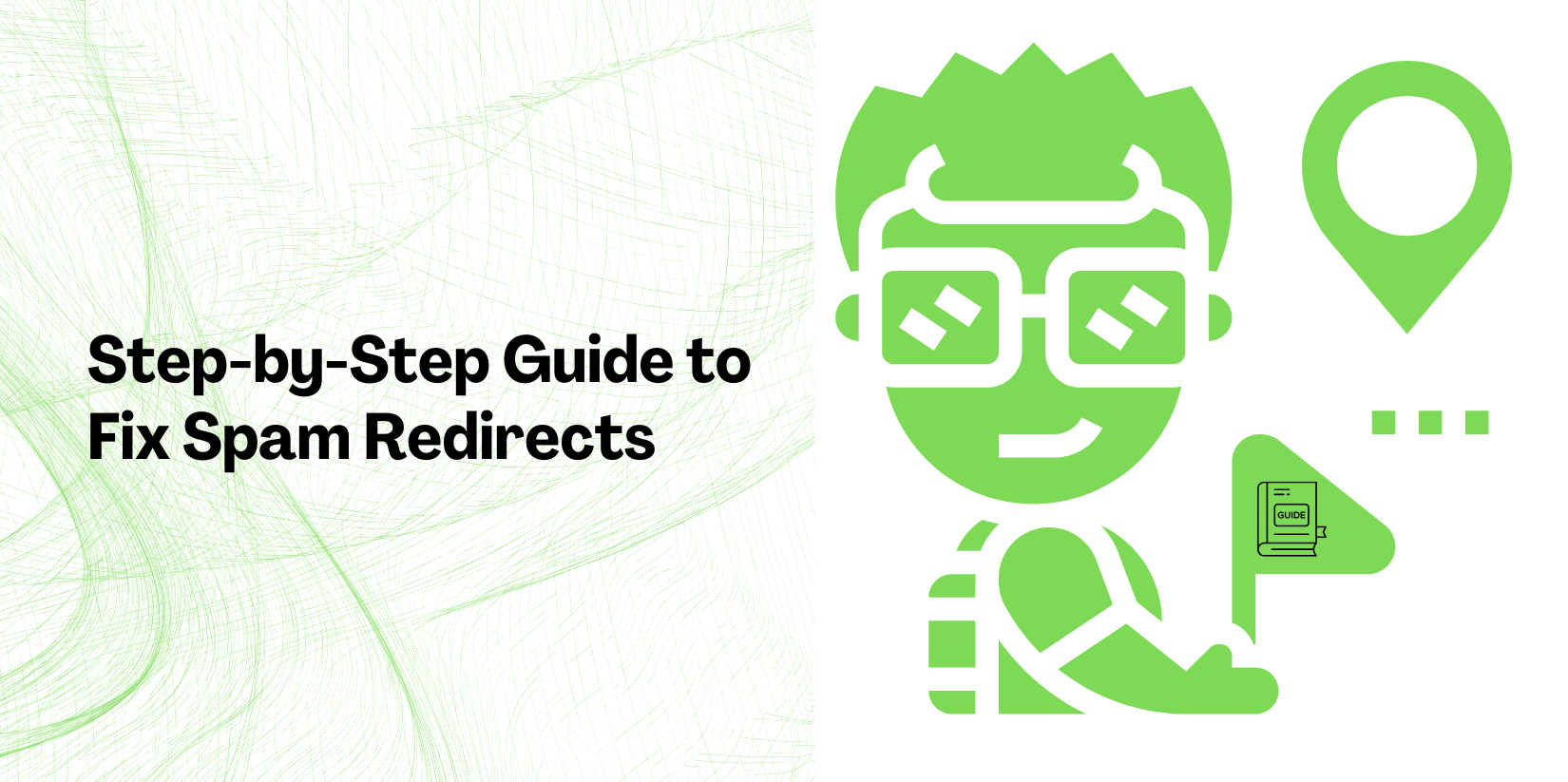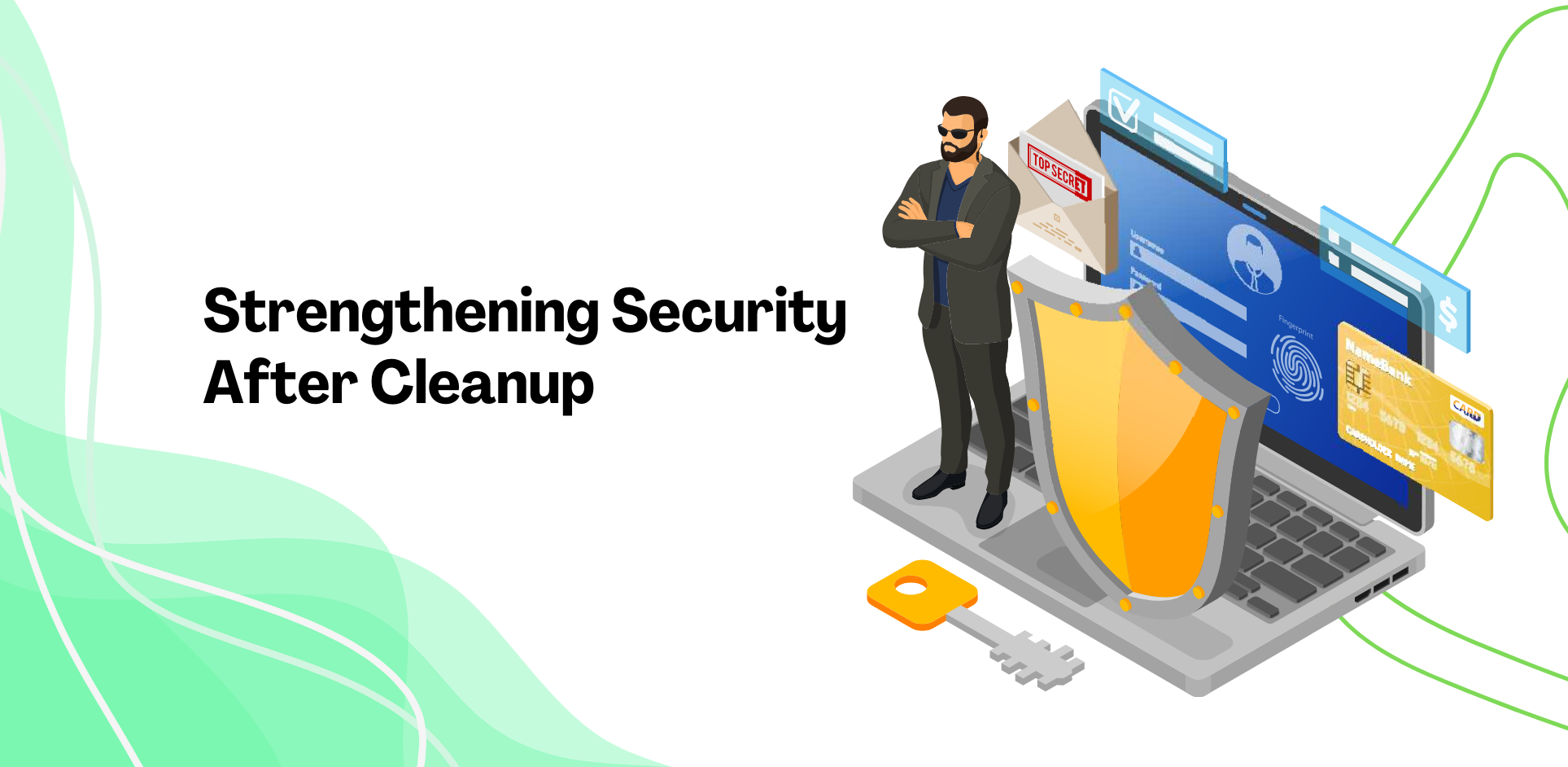About our most secure, flexible plan purpose-built for large teams and organizations
Get Started Now
Imagine opening your WordPress website, expecting everything to work smoothly, but instead, visitors are sent to scam sites or unknown pages. It’s frustrating, right? Over 4% of WordPress sites scanned in 2022 were hit with malware, and with WordPress powering 43% of the web, it’s a prime target for hackers (Sucuri, 2022; W3Techs). If your site’s redirecting to spam, you’re not alone.
Spam redirects can tank your WordPress site’s credibility and trigger search engine warnings. The good news? You can stop them with a few smart steps.
If your website is redirecting users to unknown sites, hackers have likely injected malicious code. These attacks are common and can happen due to security vulnerabilities. Understanding how they occur helps in preventing future threats.
Here are the main reasons spam redirects happen:
Many website owners only realize the issue when visitors start complaining or search engines issue warnings. The sooner you fix it, the better you can protect your site’s reputation.
Dealing with a hacked website can be overwhelming. Every moment your site redirects visitors to harmful pages, it risks losing traffic and trust. A professional cleanup service can:
Services like WPCaps start at affordable pricing and save hours of frustration – well worth it if time and peace of mind matter to you. While manual fixes work, they require technical knowledge and time. If you’re unsure about handling it yourself, hiring wordpress experts is the safest and most efficient solution.
If you prefer a do-it-yourself approach, follow these steps to clean up your website. Make sure that you have a complete backup before making any changes. If anything goes wrong, a backup will allow you to restore your site quickly.
Regular WordPress maintenance is essential to keep your site secure and running smoothly. Performing routine security checks, updating plugins, and monitoring site activity can help prevent such issues in the future. If you’re comfortable handling these tasks, follow the steps below to manually remove spam redirects and restore your website’s security.

Think of malware like hidden landmines within your website’s files. A proper security scan helps locate and remove these harmful scripts. Using a reliable WordPress security plugin can detect most threats. However, different tools identify different issues, so using multiple scanners is recommended.
Hackers often create hidden admin accounts to maintain control over your website. These accounts might have generic or system-like names, making them hard to notice.
Just as a computer virus requires reinstalling the operating system, a hacked website often needs clean WordPress themes and core files. This process removes any hidden malicious code while keeping your content intact.
Hackers often inject harmful code into WordPress themes and plugins. If you’re using an outdated or untrusted theme, it could be the entry point for malware.

Fixing spam redirects is only half the battle. To prevent future attacks, you must implement security measures. Hackers constantly look for weak websites, so reinforcing protection is essential. Investing in WordPress care plans can also be a smart move, as they include regular security monitoring, backups, and updates to keep your site safe.
A strong security plugin acts as a protective shield for your website. It continuously scans for malware, monitors login attempts, and blocks suspicious activity.
Additionally, setting up a firewall can help block malicious traffic before it reaches your site. Cloudflare and Sucuri Web Application Firewall (WAF) are great options.
Hackers exploit outdated software, so keeping everything updated reduces security risks.
If your site gets hacked again, backups will help restore it quickly.
Cleaning a hacked website is a big task, but staying protected is even more important. Regular updates, strong passwords, and trusted WordPress maintenance services can prevent future issues.
If you want ongoing protection without the hassle, consider WordPress care plans. These services handle security updates, backups, and monitoring, ensuring your site remains secure. For expert assistance, WPCaps offers reliable solutions to keep your WordPress site safe from hackers.
Taking these steps now will save you from major security headaches in the future. Stay proactive, and your website will remain secure, fast, and trustworthy for visitors!